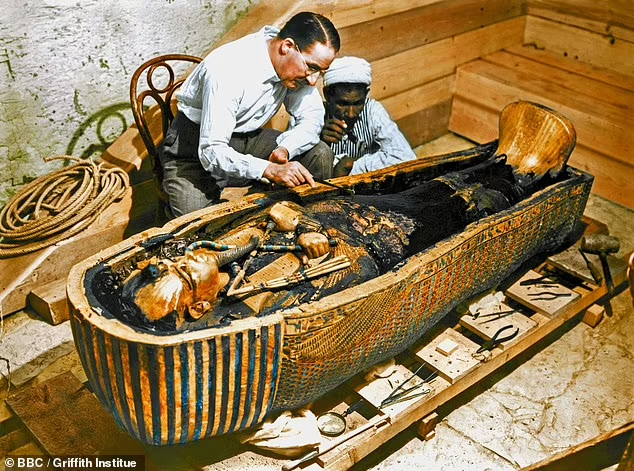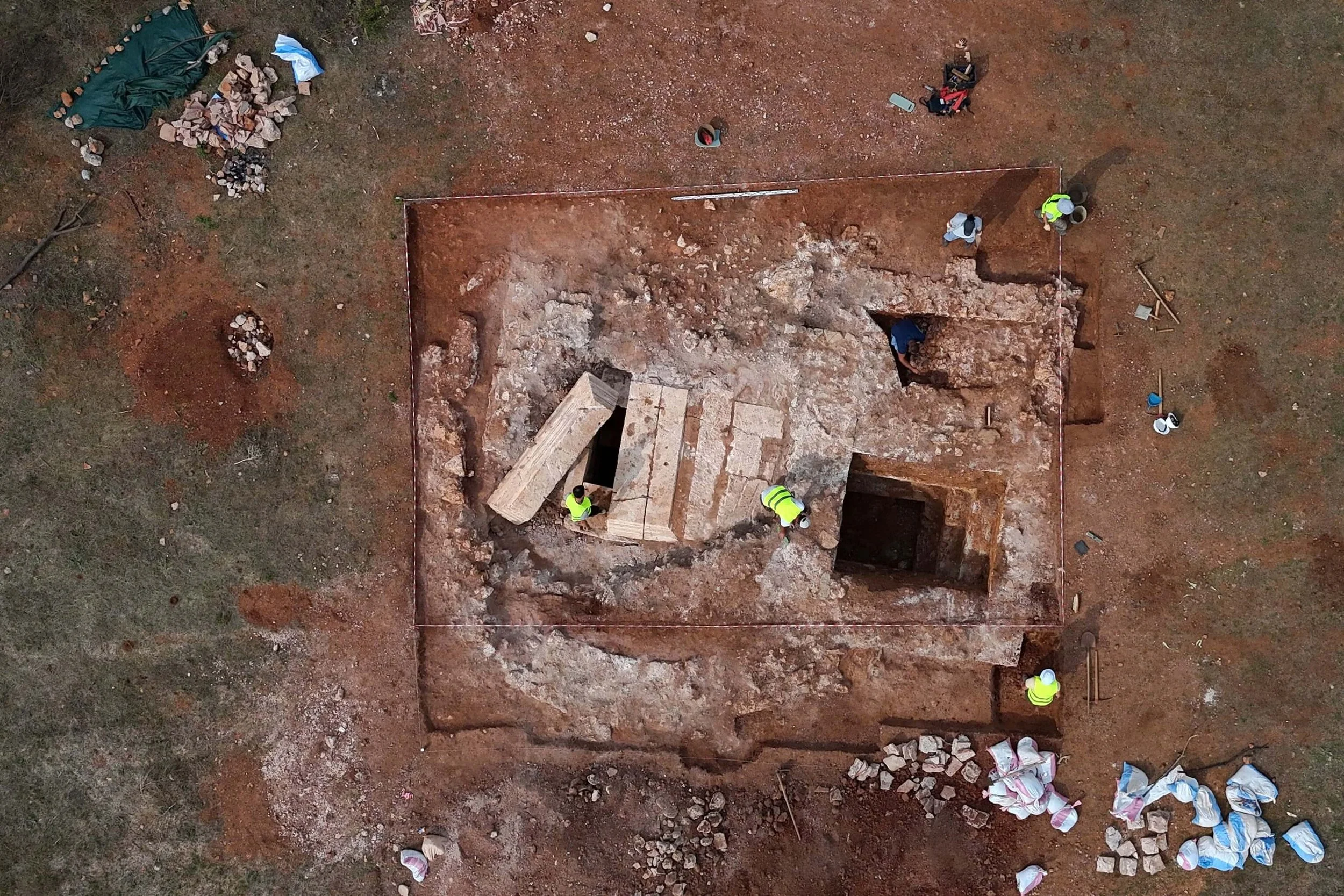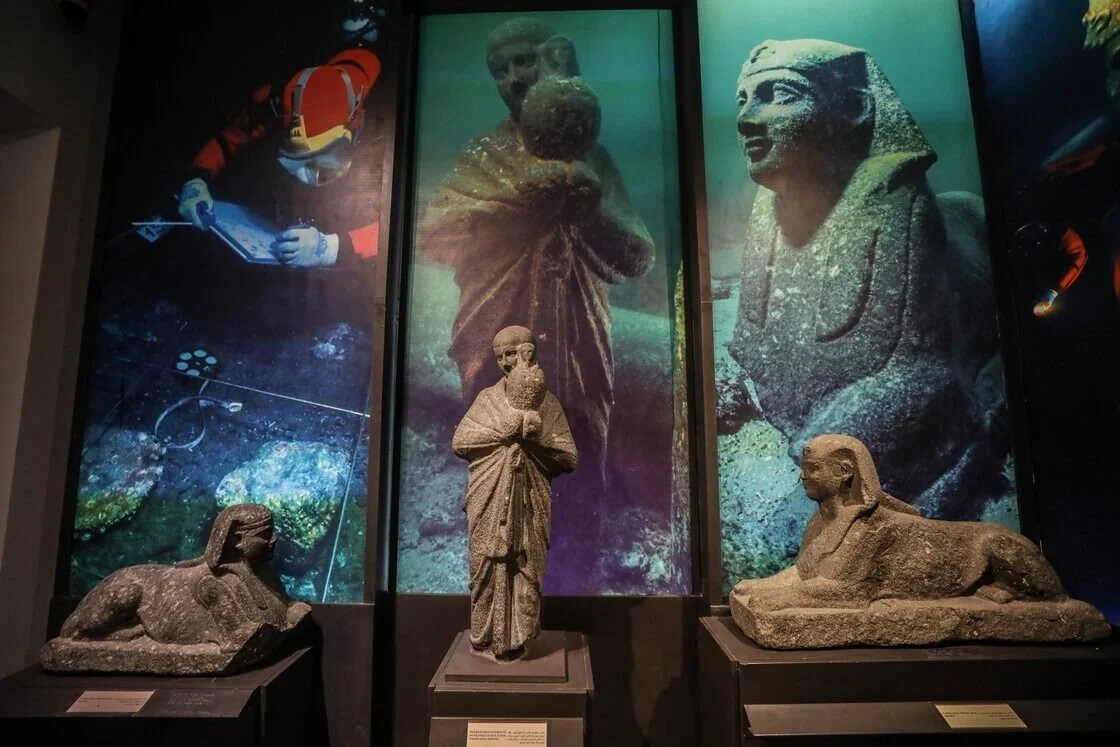The enigmatic 'Pharaoh's curse,' long believed to have claimed over 20 lives following the opening of King Tutankhamun's tomb in 1922, has finally been deciphered by a determined scientist. Ross Fellowes contends that behind the veil of superstition lies a concrete biological explanation.
Contrary to the ancient Egyptian texts warning of a mysterious affliction, Fellowes posits that the fatalities were a result of radiation poisoning, stemming from deliberate placement of uranium-laden natural elements and toxic substances within the sealed confines of the tomb.
The revelation sheds light on the demise of individuals like Howard Carter, the pioneering archaeologist who succumbed to cancer, possibly induced by radiation exposure. Lord Carnarvon, another figure associated with the tomb's opening, met his end due to blood poisoning from a mosquito bite.
The scientific breakthrough not only demystifies the 'curse' but underscores a deliberate, albeit ancient, form of foul play. It dismantles the notion of supernatural retribution perpetuated by some Egyptologists, offering a sobering look at the perils lurking within the confines of ancient burial sites.
King Tutankhamun, the iconic figure at the heart of the mystery, continues to intrigue with his untimely demise at around 18 years old. Despite his illustrious lineage, Tutankhamun's life was marred by health issues, potentially stemming from familial intermarriages common among Egyptian royalty.
Through meticulous analysis, scientists reconstruct Tutankhamun's physical attributes, revealing a frail ruler beset by ailments like buck teeth, a club foot, and girlish hips. Far from the image of a vigorous chariot racer, Tutankhamun relied on walking sticks to navigate his realm.
The unveiling of the true cause behind the 'Pharaoh's curse' not only reshapes our understanding of ancient beliefs but also offers a poignant glimpse into the life and death of one of history's most iconic figures.







